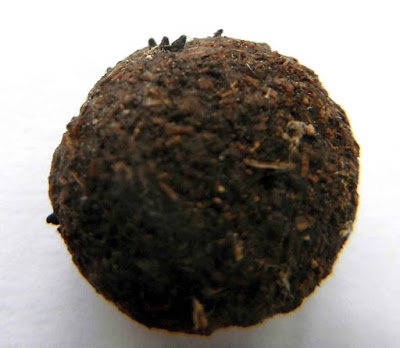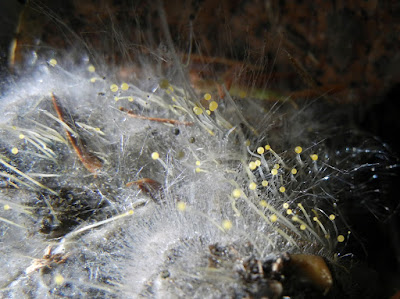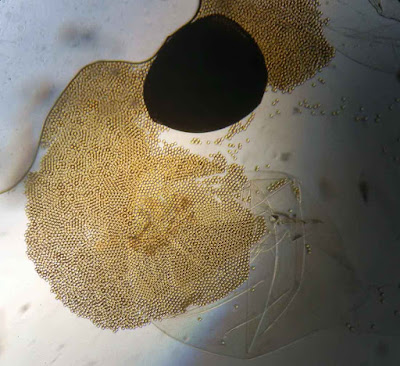 |
|
Photo by NASA Goddard Space Flight Center showing a C3-class solar flare that erupted from sunspot 1105 on
Sept. 8, 2010. Used under CCBY-2.0 license.
|
by Adrienne Montgomerie
“I
really like astronomy, but I can’t stay up that late,” I said to the astronomer
I met the other day.
“Lucky for me,” he said. “I do my astronomy during the daytime. Only optical astronomy really requires a night sky — and that's only
for ground-based telescopes!” Then Drew the astronomy PhD student at
Queen’s University went on to tell me about radio telescopy and telescopes out
in space.
Light is part of the EM spectrum, and so are X-rays and radio waves. Astronomers
can look for the X-rays and radio waves given off by stars and planets to learn
what they are made of and how they behave. That method works even when daylight
obscures the objects.
A couple years earlier, I met the team from RMC (the Royal Military
College) who study stars in daylight. Their specialty is the Sun!
Beginning
Daylight Astronomy
The easiest targets are our own Sun and Moon. You can watch the Moon
with your bare eyes and observe how its shape changes from crescent to fully
round and back to crescent. With a pair of binoculars, you can zoom in on the
craters and other features that show the Moon’s history of being hit by space
rocks. A telescope lets you see even more detail.
You can observe the how the Sun’s path across the sky changes with the
seasons. But you can learn more about the Sun itself.
It can damage your eyes to look straight at the Sun, but there are
filters that fit over a telescope to make observing the Sun safe. One really
fun time to observe the Sun is during a solar eclipse, but even with most of
the light blocked by the Moon, it’s still unsafe to look directly at the Sun. One
easy trick is to have a telescope project the image of the Sun onto a piece of
paper. With your back to the Sun, put paper below the telescope’s eye piece. You
can then look at the Sun on the paper.
Events
in the Daytime Sky
On August 21, 2017 there will be a total solar eclipse visible from coast to coast in the USA. It is only visible where the shadow meets
Earth, so not everyone will see it.
An eclipse is a great time to get a better look at the Sun’s corona. Because
the Moon blocks most of the Sun during an eclipse, it makes the remaining part
easier to see. The outer edge (corona) is where you can see great tongues of
fire exploding from the star (like in this picture). Those are called flares
and they can be as powerful as 1 billion megatons of TNT! Solar flares are what
send electromagnetic waves outward from the Sun. When they reach Earth, they
cause Northern Lights (and Southern Lights, too). When there’s a big solar
flare, you can watch for signs of it affecting Earth a few days later. It’s not
just pretty lights that solar flares cause. Sometimes that radiation interferes
with radio and power transmission here on Earth.
Lunar eclipses sometimes happen during the day, too. It’s not as
dramatic as a nighttime eclipse, but you can see Earth’s shadow take a bite out
of the Moon. You can see that without anything but your eyes.
To learn more about astronomy, check the Royal Astronomical Society of Canada (RASC) and Sky News magazine.
Adrienne
Montgomerie is a science and education editor who helps publishers and
businesses develop training resources. She believes we
can make even the most complex ideas and procedures easy for learners to take
in, maybe even to master.

















